If you are shooting weddings, portraits, or stock – the venue you choose will have a significant impact on both the style and variety of images you can produce. Some venues only allow for one style of image, while others will allow for multiple different styles. For maximum variety and impact, I’m looking for the double – Great Location Great Options.
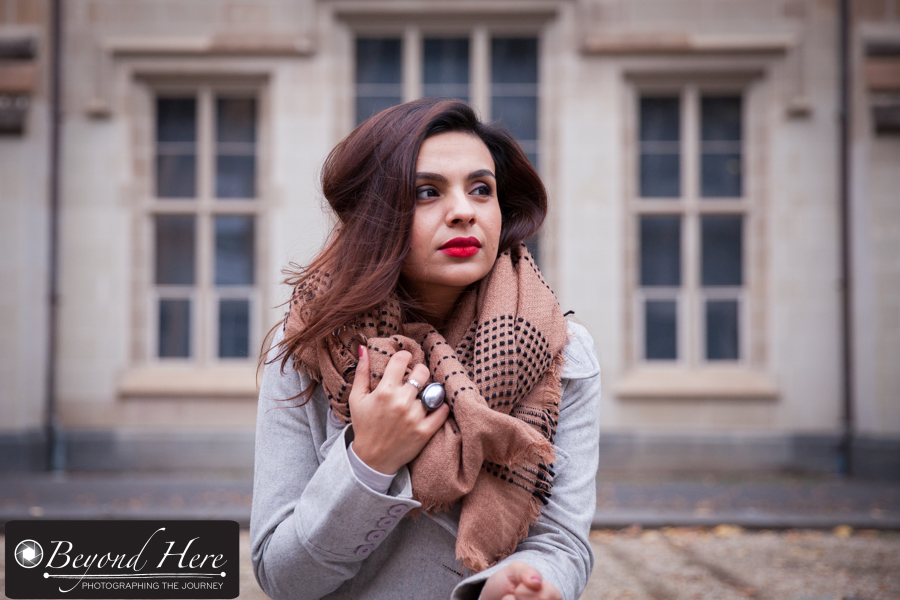
Take time to research your venue. It will lead to more successful shoots.
For this shoot with Ayona we were shooting with a dual purpose – the images were going to be used on her fashion blog (Her Style Saga) and also in my stock portfolio.

Large stairways always provide options and the leaves add to the wintery feel
I had wanted to shoot at this venue for some time, as I love the old architecture and building facades. I visited the venue twice before the shoot to check which locations would be suitable, and to see how the light would fall in the late afternoon when we were shooting.
That research made me realize there were a wealth of different options within short walking distance.
There were areas which showcased archways and classic architecture, others with beautiful building facades, some with park backgrounds, and yet others with fallen leaves which highlighted the late autumn, early winter time of year.
This was a venue with lots and lots of options (I liked it so much, I’ve already done another shoot there!)
So, what should you look for in locations?
Point 1 – Backgrounds which will add impact. I look for buildings or landscapes or architecture which will give a real sense of presence to the image. I want to add to the impact. This set of images was about a young woman and her passion for fashion. It could be shot in the studio, but there was more impact shooting outdoor. And in an outdoor venue, I wanted to be able to create a set of different images in a short space of time. That leads us to point 2.
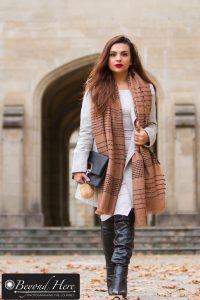
Arches, classic architecture, fashion, and an overcast day are a great combination
Point 2 – look for venues with variety. I don’t want all my images from a shoot to look the same. This is particularly the case for wedding photography and stock photography where I am expecting to shoot and use a large number of images. So I don’t want all the same backgrounds.
I want to be able to easily move (ideally walk) between different areas which will give me different looking images. In this case, all the venues we used were within 5 minutes walk of each other. For me, that is perfect! The entire shoot lasted for less than 90 minutes and we produced a wide variety of images.
Point 3 – the location needs to be free from over crowding. To be able to shoot in a public space, you need a venue which will not be overcrowded. I didn’t want people wandering through the background of my images, so we chose to shoot on a Sunday afternoon on a fairly cool early winters day.
It was cool, but the wintery conditions meant we didn’t often have to pause for people to walk through the background where we were shooting. All the people were inside keeping warm!
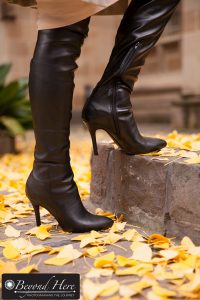
Fallen leaves and leather boots added to the wintery feel.
Point 4 – choose venues with good accessibility and parking. This venue is about 25 minutes drive from where I live, which I would call fairly close to home. It is in a built up area and parking can be difficult during the week. So we chose to shoot on the weekend when we both had availability, knowing that the location would not be too crowded and we wouldn’t have much trouble finding a car park.
If you haven’t been putting much time and research into choosing locations, perhaps you should take a lesson from the advertising industry. In planning for TV commercials, ad agency staff spend hours and hours researching the perfect venues to support the story they are looking to tell. If you are a photographer shooting weddings, portraits or stock, perhaps you should spend more time researching venues to help you produce really strong images?
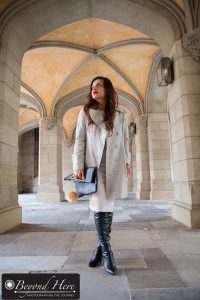
Architecture can add impact
As well as Great Location Great Options, you need a good model to work with. Thank you to Ayona who was a very easy person to work with, and the shoot was a lot of fun.
If you would like to check out the images Ayona selected for her blog, or if you just love fashion – visit her blog out at Her Style Saga.
Thanks for taking the time to read Great Location Great Options.
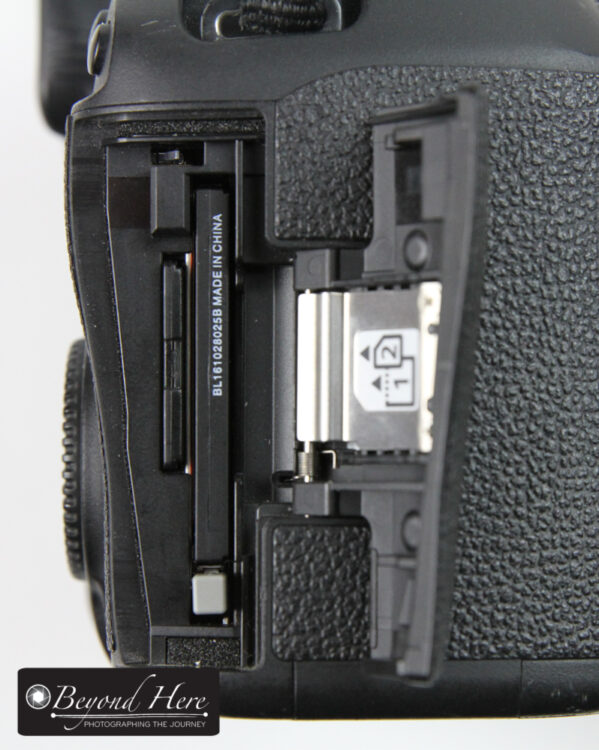
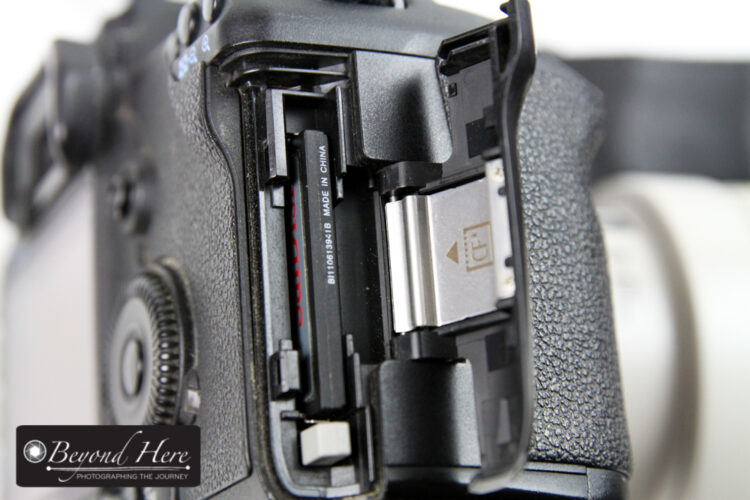


 Tip 4 – Work with a Second Shooter You Know and Trust
Tip 4 – Work with a Second Shooter You Know and Trust
















